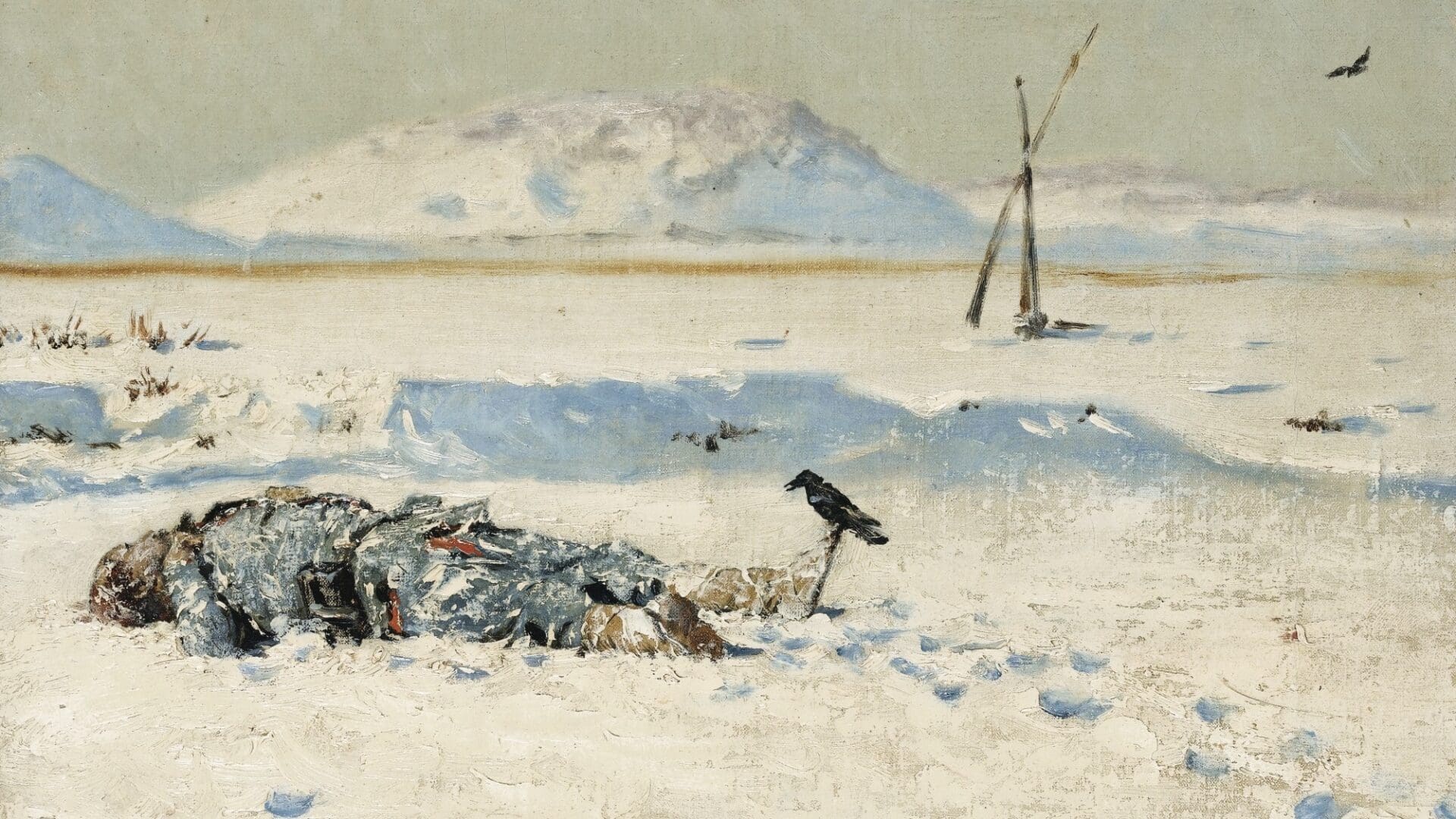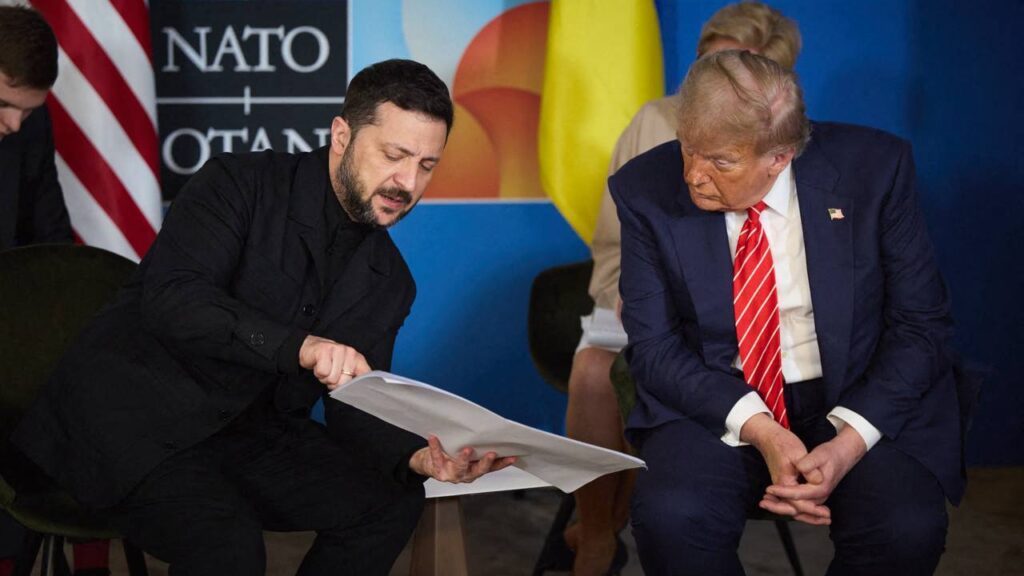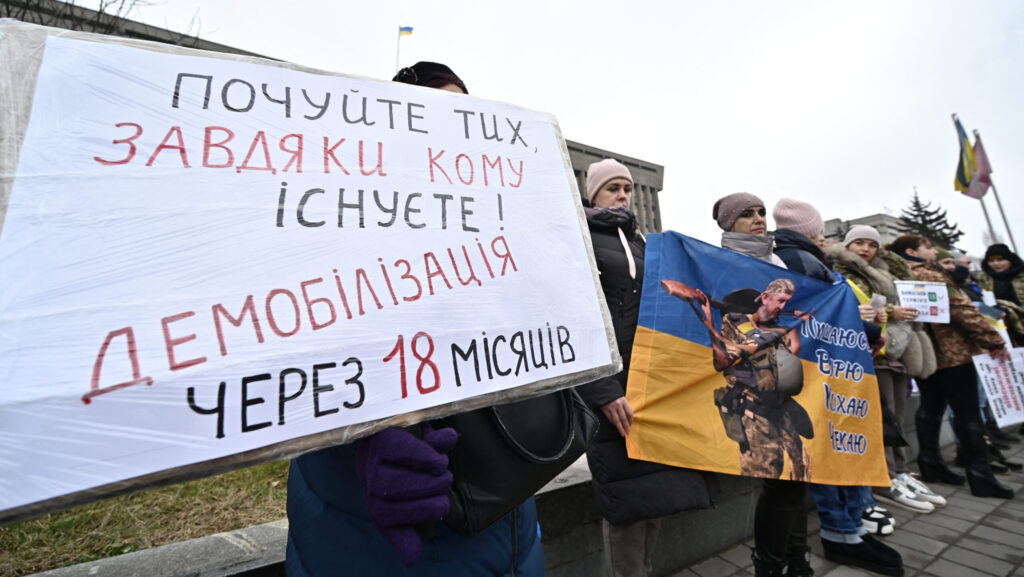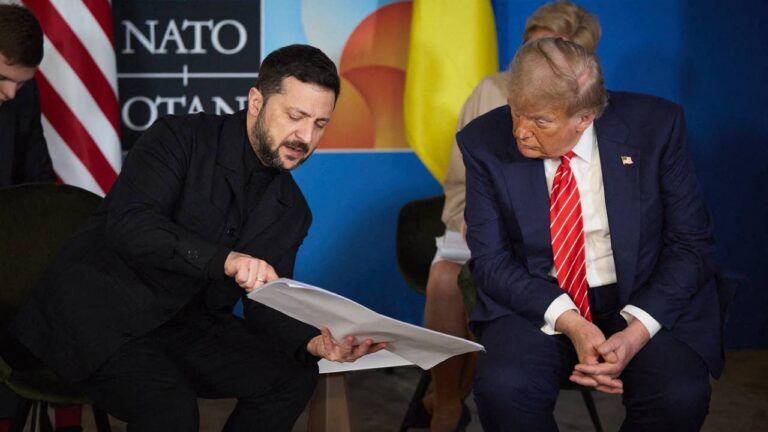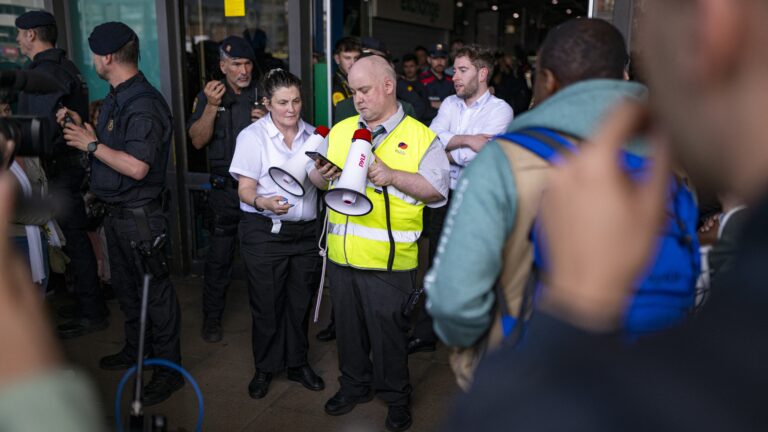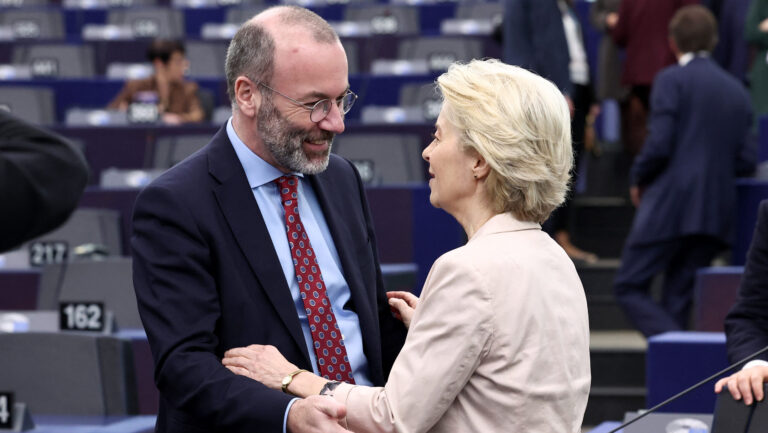From The Economist to Politico, a series of media outlets have been putting out news about the war on Ukraine with the catchphrase ‘war fatigue’ recently, arguing that the loss of interest in the events is now the ‘new enemy’ Kyiv has to wrestle with.
The concept of increasing war fatigue in the West was articulated by Prime Minister Giorgia Meloni as well earlier this month, who in a hoax call with Russian comedians pretending to be the president of the African Union, admitted that the continent is growing wary of supporting Ukraine, and that more and more people are realizing that there is a need for a way out.
Many see General Valery Zaluzhny’s recent essay in The Economist as yet another proof of the war fatigue—the top Ukrainian military commander argued that given the level of technology available for the sides, the war has reached a stalemate.
In addition to the growing uninterest comes the disillusionment with the 2023 counteroffensive
that has claimed no considerable successes. Barely a dozen villages were retaken by Kyiv this past summer, which had a pre-war population of a few thousands. In other words, only about half of the land Russia occupied this year was recaptured by Kyiv during counteroffensive.
While neither side can claim substantial territorial gains, recent weeks have been bloody on the front lines. According to Western estimates, in November Russia alone saw over 900 casualties a day. Even if this is a gross overestimate, if only half of that number did indeed fall, multiplying 450 by 30 days equals 13,500 casualties in November, only on the Russian side.
Topping all the troubles is the drying up of the funding that is made available for Ukraine. After the removal of House Speaker Kevin McCarthy, much of Ukraine’s US funding was thrown into doubt. Albeit Bloomberg in October reported that President Biden is considering making a $100 billion request to Congress for supporting Ukraine and Israel (from which $61.4 billion is planned to fund Ukraine), the proposal is not going to be debated sooner than next week with Republican congressmen arguing that instead of voting for supporting Israel and Ukraine jointly, the two support programmes should be separated and voted on individually.
It is not only the United States whose commitment to financing the war seems to be dwindling, but
the European Union is also very likely to fall short of sending one million artillery shells to Kyiv
until March 2024 as it was initially scheduled. NATO’s senior military official Admiral Rob Bauer said already back in October that ‘the bottom of the barrel is now visible’ and that the Western alliance is running out of ammunition to supply to Kyiv.
The drying up of resources and financial support might lead to the total exhaustion of Ukraine and therefore the end of the conflict. On the one hand, it is good news, as it puts an end to the bloodshed, on the other hand, however, if the end of the war comes without a negotiated settlement, it would also be tragic news—it could render all of Ukraine’s sacrifices so far pointless.
All the above suggests that Viktor Orbán may be proven right again. Ever since the summer of 2023 Hungary, both diplomatically as well as on political platforms has been advocating for a ceasefire and peace. Prime Minister Orbán found this mission so important that in a series of political events in as diverse countries as Qatar, Switzerland and Belgium he spoke up about the importance of reaching a ceasefire and advocating for peace between Russia and Ukraine. What is more, even during his meeting with Vladimir Putin in China, which was initiated by the Russian president, he told the Russian President that he stands for peace. Over half a year has passed since Hungary made a pro-peace stance the key pillar of its foreign policy—in these six months, tens of thousands of people have died.
No one was willing to listen to the Hungarian reasoning, and Viktor Orbán was ridiculed as a pro-Putin strongman.
No one was ready to reckon with the fact that, as Budapest had warned multiple times, that Kyiv’s opportunity to retake some of its territories was hanging by a thread—the thread being the West’s capricious political will of supplying or stopping the supplies of weapons to the Eastern European country.
Budapest has also been calling for negotiating a deal between the two countries—a deal that would be undoubtedly imperfect and incapable of returning to Ukraine all of its internationally recognized territories, but acceptable for both sides. Now, tragically, the way things are going, support for Kyiv can just dry up soon, without any significant assistance from the United States given to Ukraine to negotiate a peace that is in its favour. If the war ends without a reasonable peace treaty, all the deaths of the last months were in vain.
This type of war fatigue in the West is not be unprecedented—the withdrawal from Afghanistan stands as a recent testimony to the West’s capricious will. Thousands of soldiers fighting in the ranks of the Western coalition, including Hungarians, gave their lives—for nothing. And it might be the case that the Russo-Ukrainian war will see a similarly disheartening end.

